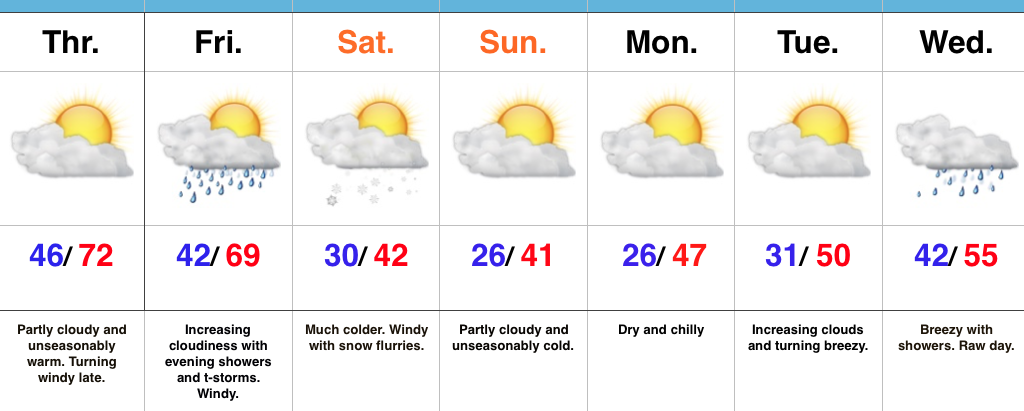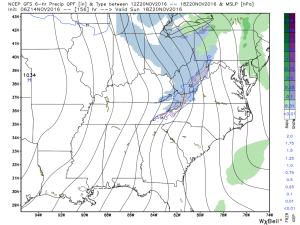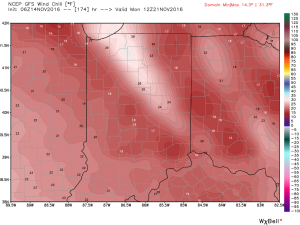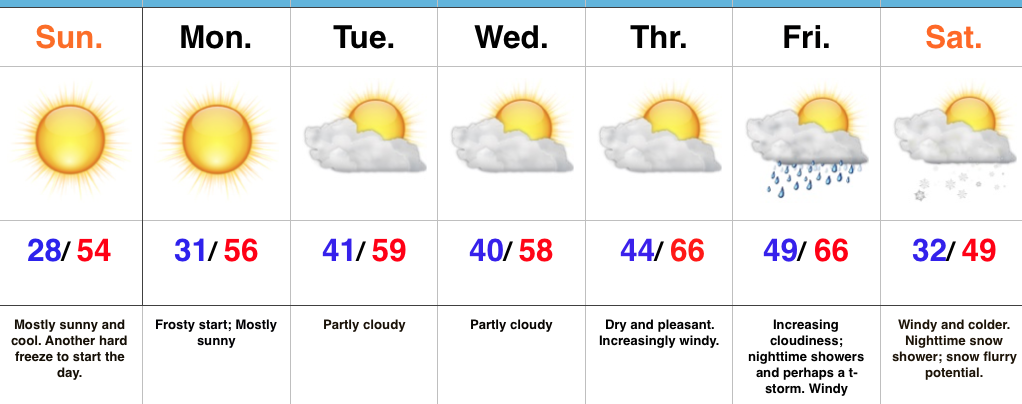The 2016-2017 IndyWx.com Winter Outlook was posted on October 30th. If you haven’t had an opportunity to see it, you can here. Right out of the gate, we remain bullish on the prospects of a snowy holiday stretch this year, including above average snowfall for the month of December (average December snowfall at IND is 6.9″).
We continue to undergo that “step-down” process within the pattern, but there are growing signals that suggest the pattern takes on a very “blocky look” as we rumble into December. When we talk about a blocking pattern in this instance, we’re specifically talking about high-latitude blocking. Essentially this is when high pressure sets up in the high latitude regions (Greenland or northern Canada, for example). Textbook blocky patterns feature high pressure that sustains itself and is very persistent, leading to a “log-jam” of sorts in the weather pattern, and playing a pivotal role in locking cold, stormy weather in for lengthy periods of time across the Lower 48. Many times this is a “feedback” type scenario, meaning the early period of blocking patterns initially turns stormy and then grows progressively colder as the snowpack is laid down further and further south.
When we look at the medium-range and longer-term model data, we note the blocky pattern developing as we wrap up November and rumble into December. The European, Canadian, and GFS ensemble data all shows the stormy look evolving.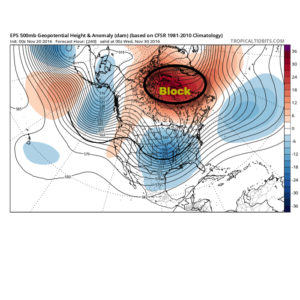
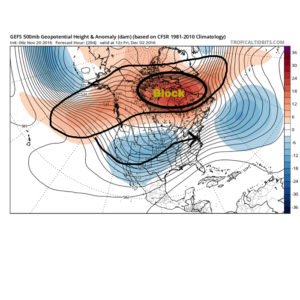
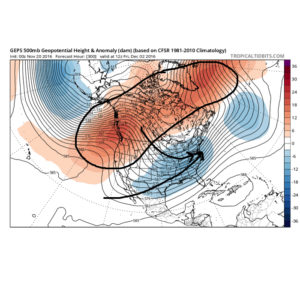 The Weeklies also show this pattern in the longer-term. While we can’t show the European data here (due to licensing), we can show the JMAs. Again, note the high-latitude blocking.
The Weeklies also show this pattern in the longer-term. While we can’t show the European data here (due to licensing), we can show the JMAs. Again, note the high-latitude blocking.
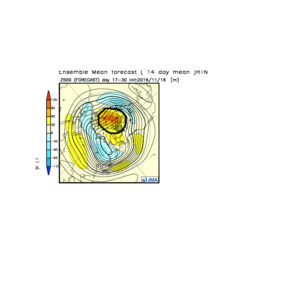 Active times are ahead as a busy storm track develops. Perhaps the scene for many will look a little something like this as we push into the Christmas season…
Active times are ahead as a busy storm track develops. Perhaps the scene for many will look a little something like this as we push into the Christmas season…
 In the meantime, gas up the snow blower and sharpen the snow shovel. If our idea is correct, a snowier than average December will come out of this blocky pattern.
In the meantime, gas up the snow blower and sharpen the snow shovel. If our idea is correct, a snowier than average December will come out of this blocky pattern.


